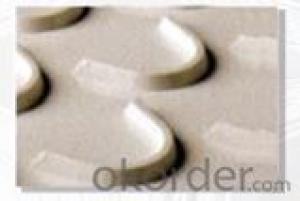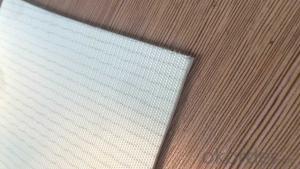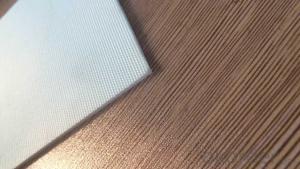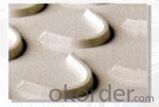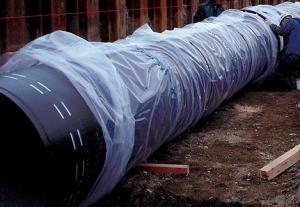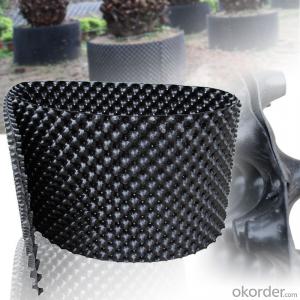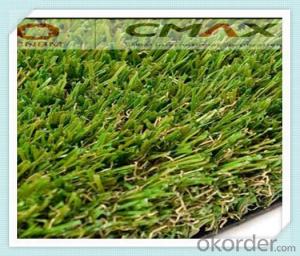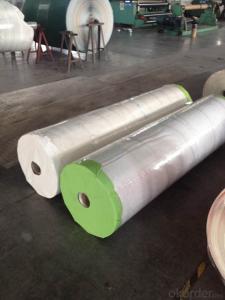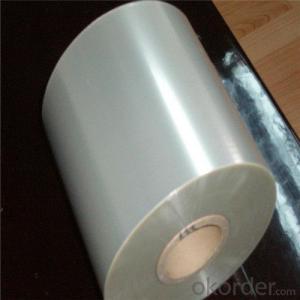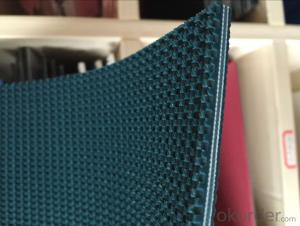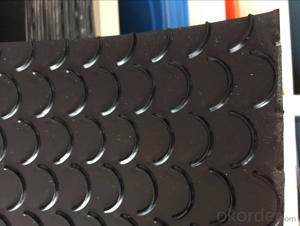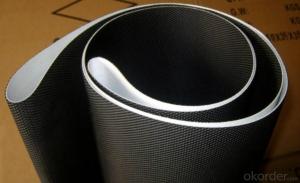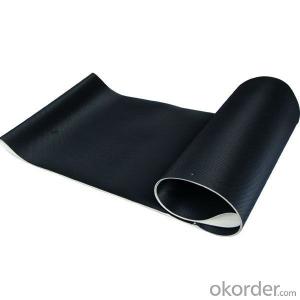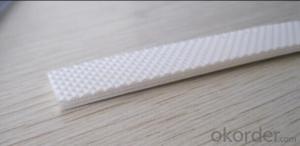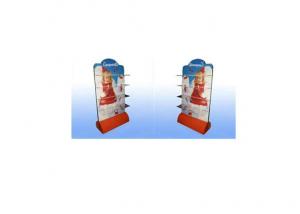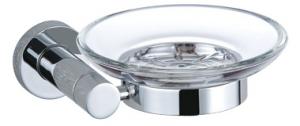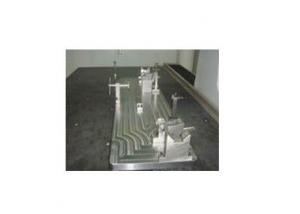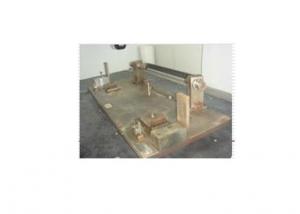Crescent/Horse Shoe Pattern PVC Conveyor Belt
- Loading Port:
- China main port
- Payment Terms:
- TT OR LC
- Min Order Qty:
- 10 m²
- Supply Capability:
- 500000 m²/month
OKorder Service Pledge
OKorder Financial Service
You Might Also Like
Crescent/Horse Shoe Pattern PVC Conveyor Belt
PVC / PU Conveyor Belt
Colors: red, yellow, green, blue, gray, white, black, blue, green, transparent (in general we have)
Thickness: PVC (1~7mm) PU (0.8~4mm)
Appearance: flat surface, diamond pattern, lawn pattern, golf pattern,crescent pattern,etc.
Advantages: PVC: economical and practical, technology is mature.
PU: applicable to the food industry, abrasion resistant and corrosion.
Subsequent machining technology: it can add baffle, skirt, sponge, guide bar.
ADVANTAGES:
Low operating noise and costs, reduced maintenance, excellent durability.
Largely impervious to oils, greases and many chemicals.
Special types give excellent grip on inclination.
Abrasion resistant - rugged, high strength - low stretch characteristic.
Light and thin, better strength / weight ratio - energy saving.
Superb tracking over great length - longitudinally flexible and laterally stiff.
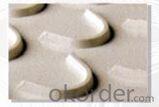
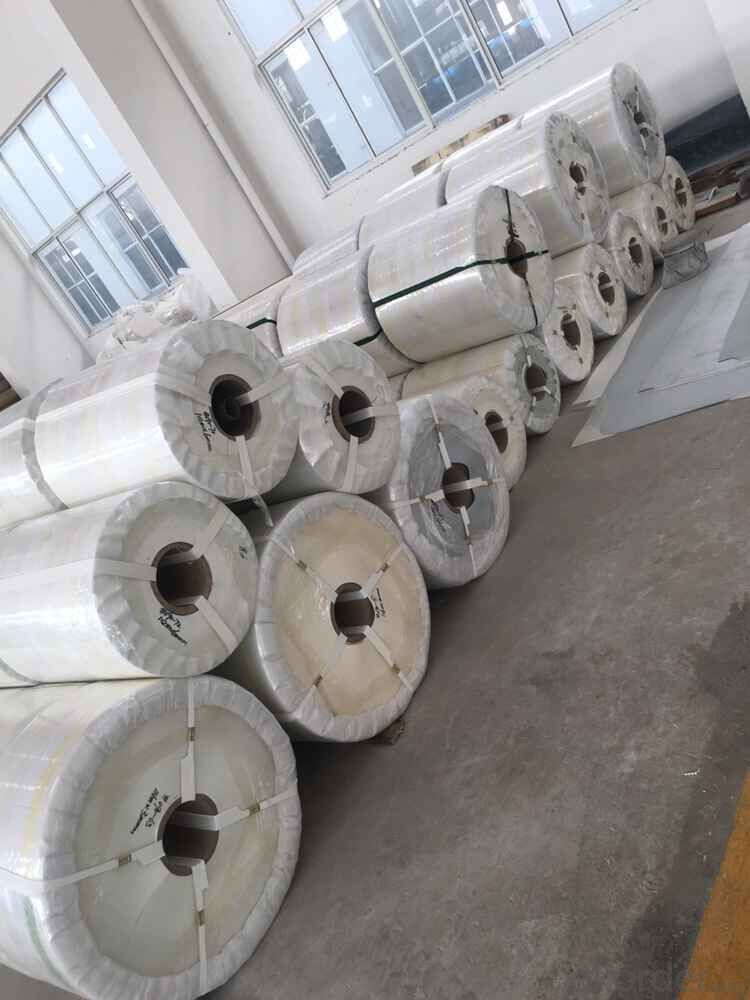
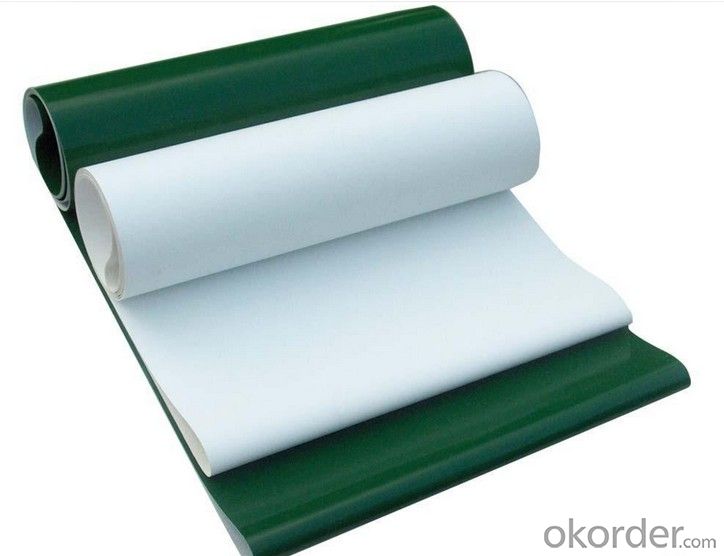

Please contact us freely if you need any conveyor belt.
- Q: Can olive nets be used for both traditional and hydroponic olive tree harvesting?
- Yes, olive nets can be used for both traditional and hydroponic olive tree harvesting. Olive nets are commonly used to collect olives during traditional harvesting methods where the trees are shaken to release the fruits. Similarly, in hydroponic olive tree systems, where the trees are grown in a soilless medium, the nets can still be used to collect the olives when they are shaken off the branches. So, the use of olive nets is versatile and applicable to both traditional and hydroponic olive tree harvesting methods.
- Q: How do olive nets prevent damage from diseases transmitted through soil?
- Olive nets act as a physical barrier, preventing direct contact between the soil and the olive tree, thereby reducing the risk of diseases transmitted through soil.
- Q: How does an olive net affect the overall crop rotation practices?
- An olive net can positively impact overall crop rotation practices by providing protection to the olive trees during the harvest season. It helps prevent damage to the crop caused by falling olives or external factors such as wind, rain, or pests. This increased protection allows for a more reliable and consistent olive harvest, which in turn facilitates the implementation of effective crop rotation practices. With a stable olive crop, farmers can better plan and rotate other crops in their fields, optimizing soil health, minimizing disease and pest risks, and improving overall agricultural productivity.
- Q: Can olive nets be used for other fruit trees?
- Yes, olive nets can be used for other fruit trees as well. Olive nets are commonly used to protect olive trees from birds and other pests, but they can also be effective in protecting other fruit trees like cherries, plums, and citrus trees. These nets provide a physical barrier that prevents birds and other animals from accessing the fruit, reducing the risk of damage and loss.
- Q: How do olive nets prevent damage from insect infestations?
- Olive nets prevent damage from insect infestations by creating a physical barrier that prevents insects from reaching the olive trees and laying eggs or feeding on the fruit. The fine mesh of the nets blocks insects from entering the trees and provides protection against pests such as olive fruit flies, which can cause significant damage to the crop.
- Q: The plastic basin is broken. How do you fix it?
- Generally bad, throw it, but there is a glue stick can be glued to the plastic, burn it with a stick, you can
- Q: Can olive nets be used on olive trees grown in raised beds?
- Yes, olive nets can be used on olive trees grown in raised beds. The nets are designed to protect the olives from birds and other pests, and they can be easily draped over the trees in raised beds to provide this protection.
- Q: Scope and characteristics of plastics No. 7
- Plastic No. 7 represents polycarbonate (PC), other plastic products. PC is a widely used material, especially for bottles and space cups, which is controversial because it contains bisphenol A. Experts point out that, in theory, as long as the process of making PC, bisphenol A percent into plastic structure, it means that the product is not bisphenol A, let alone release. However, if a small amount of bisphenol A is not converted into a plastic structure of PC, it may be released into the food or drink.
- Q: Can olive nets be used in olive groves with limited access to labor?
- Yes, olive nets can be used in olive groves with limited access to labor. Olive nets are designed to efficiently and effectively harvest olives by capturing the fallen fruits while allowing easy collection. This reduces the need for manual labor-intensive practices such as handpicking or using mechanical shakers. Therefore, olive nets can be a valuable tool in olive groves with limited labor resources, providing a cost-effective and efficient solution for olive harvesting.
- Q: How do olive nets prevent damage from extreme temperature fluctuations?
- Olive nets provide a protective layer to the olive trees, shielding them from direct exposure to extreme temperature fluctuations. By covering the trees, the nets create a microclimate that helps regulate the temperature, preventing sudden changes that could cause damage to the trees or the olives.
Send your message to us
Crescent/Horse Shoe Pattern PVC Conveyor Belt
- Loading Port:
- China main port
- Payment Terms:
- TT OR LC
- Min Order Qty:
- 10 m²
- Supply Capability:
- 500000 m²/month
OKorder Service Pledge
OKorder Financial Service
Similar products
Hot products
Hot Searches
Related keywords
